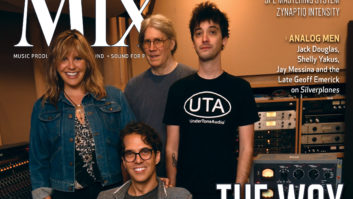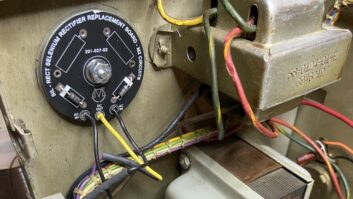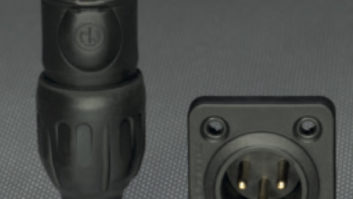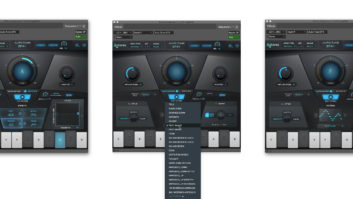Mike Levine, Mix Technology Editor, Studio
What’s in Your Archive?: I was too busy looking at new products to attend many panel discussions at the recent AES Convention, but one I did get to was called “Archiving and Best Practices for Modern Production Workflows.” Not a title that rolls off the tongue, admittedly, but the subject was an important one and the discourse was fascinating.
The Producers & Engineers Wing of the Recording Academy (which was ably represented on the panel by its executive director, Maureen Droney) has been leading an effort to create standards for file naming and archiving. One of the points made by the panel, which also featured producer/engineer Chuck Ainlay and mastering engineer Michael Romanowski, among others, was how different the process of archiving projects is today than it was in the analog tape days.
Back then, the recording medium was also the archiving medium, meaning that when you finished with a session, you stored the tapes and track sheets in a tape box, with the contents written on the back.
In the DAW production workflow, the aim is not to preserve the storage medium but rather the digital files contained therein. Because hard drives are so volatile and have undetermined life spans, the emphasis is on safeguarding the data and backing it up, with the assumption that it will be “migrated” to another storage medium down the road. For backing up, they talked about the concept of “mirroring” session data, which means having identical copies in at least two different locations.
I’ve always wondered about the viability of preserving digital sessions, because who knows whether you or whoever tries to recall the session down the road will have access to the DAW and plug-ins you used. You might not own them anymore, or the software might be no longer viable because the developers went out of business or stopped supporting it.
DAWs, plug-ins and storage media will change over time, but the good old WAV file will live on.
Related: What’s in Your Archive?, by Mike Levine, Oct. 30, 2018
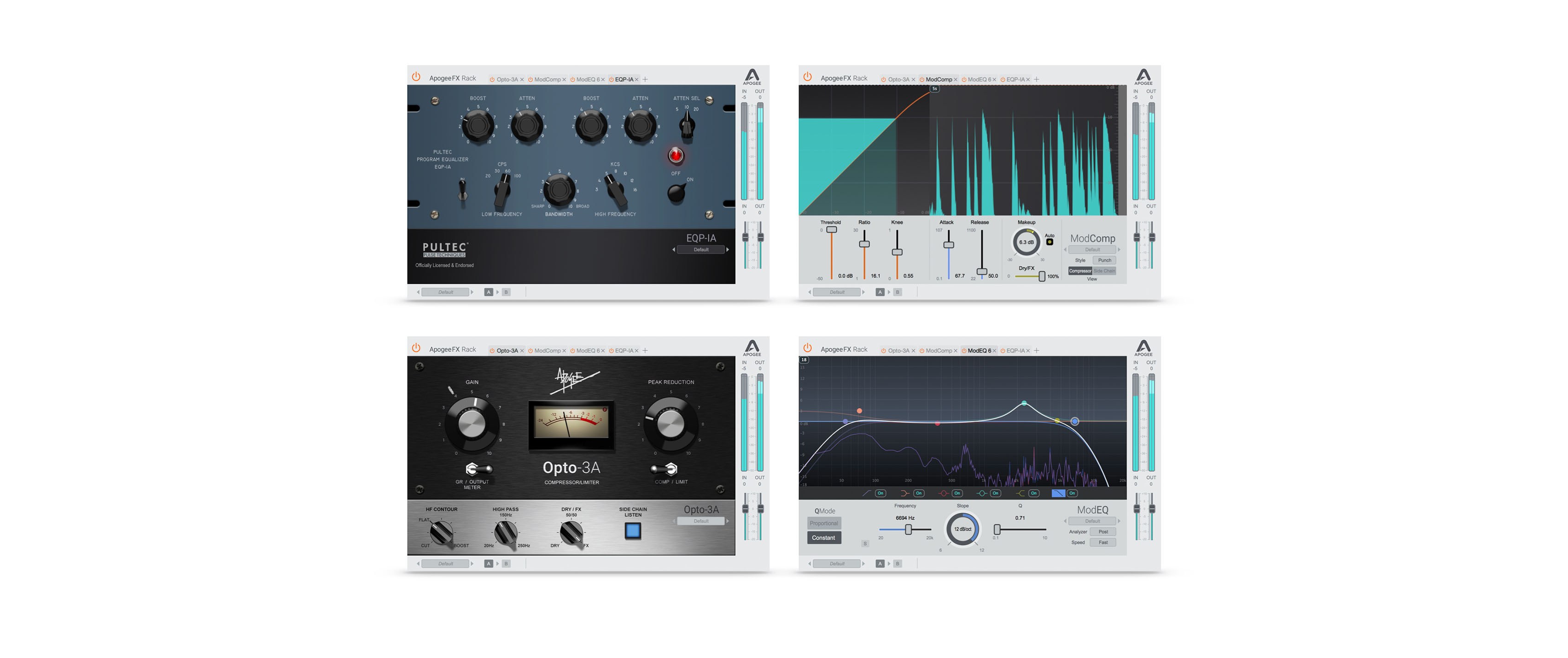
Product of the Month: Apogee FX Rack Plug-Ins: What’s the first thing you think of when you hear the name Apogee? Hardware, right? Well… At AES, the company introduced a suite of plug-ins called Apogee FX Rack, which, with support of both DualPath and native formats, will run on any hardware. The FX Rack plug-in that will probably get the most notice is the Pultec EQP-1A, which Apogee says “precisely re-creates” the sound of the original hardware. Also available is the Opto-3A, a vintage-style compressor/limiter. The ModEQ plug-in is a “Modern 6-Band Visual Equalizer.” And ModComp is a compressor/limiter whose controls, like on the ModEQ, are designed to provide extra visual feedback.
Related: Apogee FX Rack Plug-Ins, by Mike Levine, Oct. 30, 2018
Steve La Cerra: Mix Technology Editor, Live
Power Steering: The idea of “steering” a P.A. is nothing new. Renkus-Heinz and EAW have been producing steerable loudspeaker arrays since the early 2000s—the ICONYX and DSA, respectively—both of which use software to modify the speaker dispersion pattern. A somewhat different approach was pioneered by L-Acoustics when that company introduced KUDO, which featured the proprietary K-Louver. The K-Louver could be mechanically adjusted to reconfigure the horizontal coverage pattern for the mid/high section of the speaker. PK Sound, based in Calgary, Alberta, is working at steering from a very different perspective.
Want more stories like this? Subscribe to our newsletter and get it delivered right to your inbox.
Last month, PK announced Trinity 10, the newest addition to its line of “robotic” loudspeakers and reportedly the first mid-size line array using robotics for remote control over vertical and horizontal directivity. At first glance, Trinity 10 appears to be a fairly typical line array, but each module incorporates electronic actuators that control physical characteristics such as curvature of the array and angle of the waveguide. Altering the profile of the array enables control over dispersion in the horizontal and vertical planes using PK’s Kontrol loudspeaker management software running on a laptop.
As you would expect, horizontal and vertical coverage can be focused where needed, but the fact that coverage patterns can be adjusted while the system is flown is where things get really interesting. An engineer could listen from the FOH mix position while tuning the system, then walk the room to ensure that boxes covering other areas are providing the desired results. When room anomalies thwart the “prediction” of an array’s behavior, a Trinity 10 system could be robotically modified without the need to lower the hangs, re-pin the rigging and re-fly the system.
Related: Power Steering, by Steve La Cerra, Nov. 6, 2018
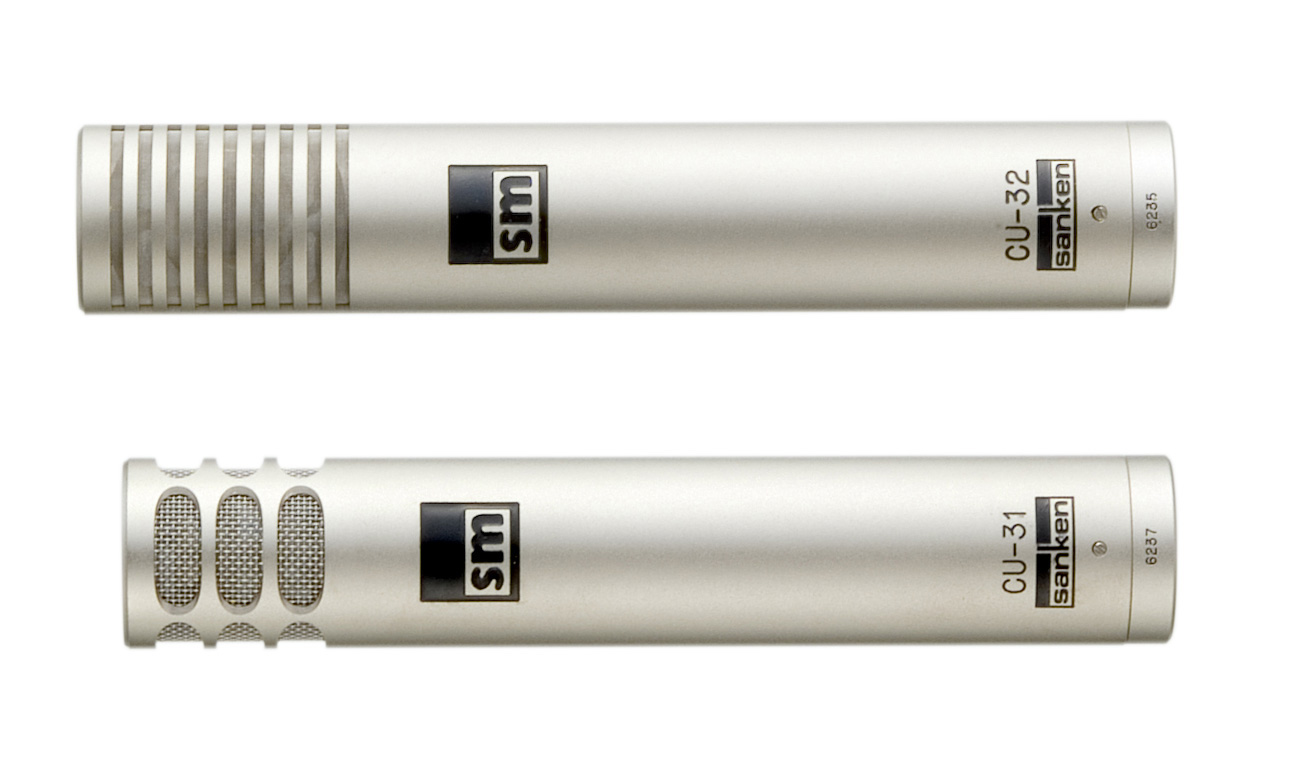
Product of the Month: Sanken CU-31 and CU-32 Microphones: Responding to demand, Sanken announced at the October AES Convention that it is reintroducing its CU-31 and CU-32 condenser microphones to the United States as the newest additions to the Sanken Chromatic series of professional mics. Both models feature a cardioid pattern utilizing Sanken’s original push-pull capsule, which yields increased sensitivity; the CU-31 is an end-address design, while the CU-32 is side-address. Diaphragms are constructed from corrosion-free, 1-micron titanium for resistance to changes in temperature and humidity. Frequency response is spec’d as being essentially flat from 20 Hz to 18,000 Hz, with a maximum SPL of 148 dB for 1% THD, and an equivalent noise level of 19 dBA. The CU-31/32 are intended for use on a variety of sound sources, including drums, acoustic guitar, brass, wind instruments, piano, strings and chorus. The mics run on 48V DC phantom power ±4 volts, and ship with an H-21F clip and a carry case.
Related: Sanken CU-31 and CU-32 Microphones, by Steve La Cerra, Nov. 1, 2018
